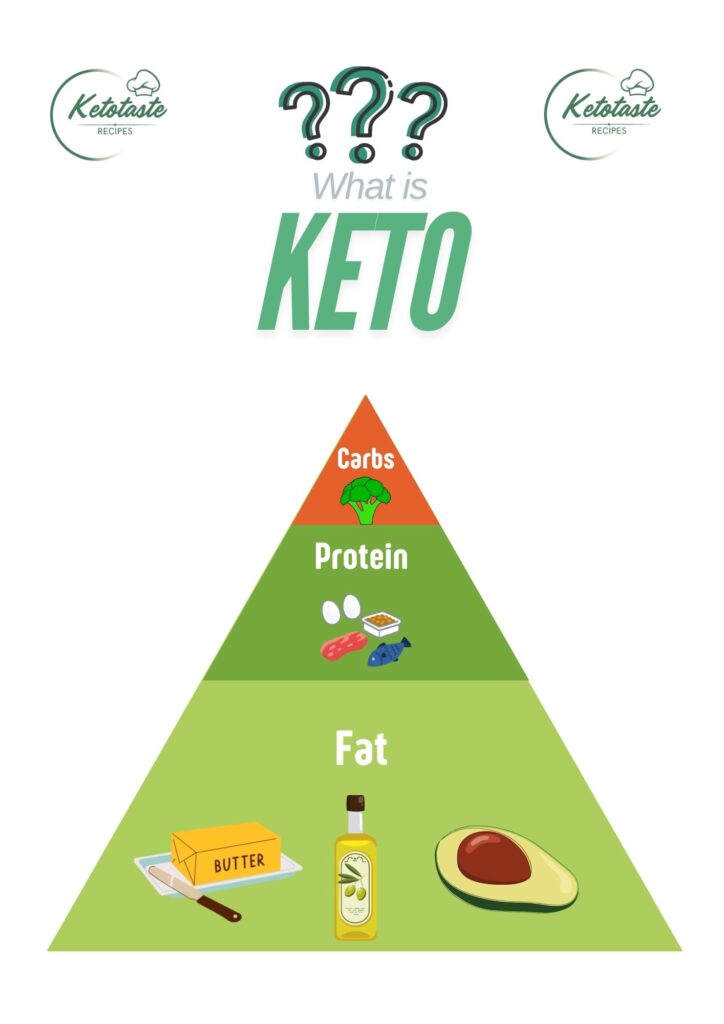Guide to a Low-Carb Lifestyle
The keto diet, short for ketogenic diet, has gained immense popularity for its ability to promote weight loss, improve energy, and offer several health benefits. By focusing on a high-fat, moderate-protein, and low-carb intake, the diet helps your body enter a state of ketosis, where fat becomes the primary energy source. Whether you’re a beginner or looking to refine your keto knowledge, this guide has everything you need.
Explore the health benefits of the ketogenic diet to understand why it’s a favorite among health enthusiasts.
What is the Keto Diet?
The keto diet is a low-carb meal plan that shifts the body’s primary energy source from glucose to fat. In ketosis, the body produces ketones, molecules derived from fat, to fuel cells.
Unlike typical low-fat diets, keto emphasizes healthy fats, making it more satisfying and effective. Learn how to start with these low-carb meal planning tips.
Benefits of the Keto Diet
The keto diet offers a range of benefits that go beyond weight loss:
- Fat Burning: Efficiently uses fat stores as energy, aiding in weight loss.
- Improved Blood Sugar Control: Helps manage insulin sensitivity and diabetes.
- Cognitive Support: Ketones may enhance brain function and focus.
- Heart Health: Supports healthy cholesterol and triglyceride levels.
Foods to Eat on Keto
A successful keto diet revolves around whole, nutrient-rich foods:
- Fats: Avocado, olive oil, coconut oil, butter.
- Proteins: Eggs, chicken, beef, fatty fish.
- Low-Carb Veggies: Spinach, broccoli, zucchini, cauliflower.
- Nuts and Seeds: Almonds, chia seeds, flaxseeds.
For a full list of keto-approved ingredients, visit this keto-friendly grocery guide.
Foods to Avoid on Keto
To maintain ketosis, steer clear of high-carb foods:
- Sugary drinks and desserts.
- Grains like rice, bread, and pasta.
- Starchy vegetables such as potatoes and carrots.
- Processed snacks and sugary cereals.
Types of Keto Diets
There are several variations of the keto diet to suit individual needs:
- Standard Keto Diet (SKD): 70% fat, 20% protein, 10% carbs.
- Cyclical Keto Diet (CKD): Alternates between keto days and higher-carb days.
- Targeted Keto Diet (TKD): Adds carbs around workouts for active individuals.
- High-Protein Keto Diet: Increases protein intake to 35%.
Sample Keto Meal Plan
Day 1
- Breakfast: Scrambled eggs with avocado.
- Lunch: Grilled chicken salad with olive oil dressing.
- Dinner: Salmon with steamed broccoli and butter.
Day 2
- Breakfast: Chia pudding with almond milk and berries.
- Lunch: Beef lettuce wraps with guacamole.
- Dinner: Zucchini noodles with garlic shrimp.
Tips for Success on Keto
Starting and sticking to the keto diet can be challenging without proper preparation:
- Plan Meals: Prepare weekly menus to avoid high-carb temptations.
- Stay Hydrated: Drink water to combat dehydration and keto flu symptoms.
- Track Macros: Use apps to monitor fat, protein, and carb intake.
- Snack Smart: Opt for keto-friendly snacks like nuts, cheese, or boiled eggs.
FAQs About the Keto Diet
Is keto safe for everyone?
The diet is generally safe but may not suit those with certain medical conditions. Consult your doctor before starting.
How much weight can I lose on keto?
Most people lose 1–5 pounds in the first week (water weight) and continue to lose fat steadily.
Can I eat carbs on keto?
Carbs should be limited to 20–50 grams per day, but occasional indulgences are okay if you return to keto immediately.
The keto diet is more than a weight-loss trend—it’s a lifestyle that promotes health, energy, and focus. With the right foods and preparation, you can unlock the benefits of ketosis and enjoy a healthier, more energetic life. Start your keto journey today with these tips and resources!


3 thoughts on “What is the Keto Diet”